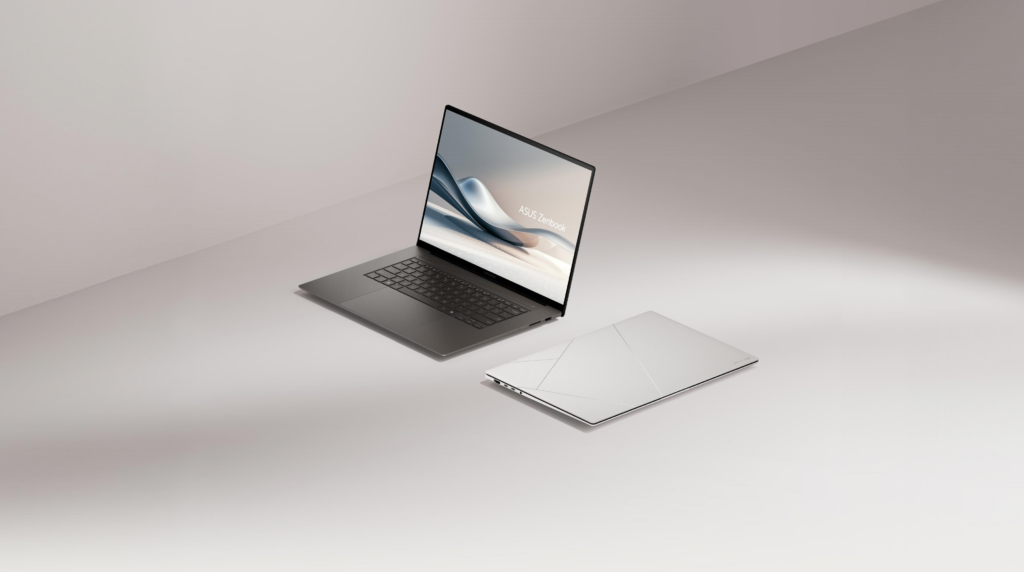Asus recently unveiled its latest 16-inch laptop, the Asus Zenbook S 16 (2024).
Keep reading to learn how it compares to the 16-inch MacBook Pro Apple launched at the end of 2023.
The Asus Zenbook S 16 (2024) is thinner and lighter
The Asus Zenbook S 16 (2024) is both thinner and more lightweight than the 16-inch MacBook Pro, making it about as travel-friendly as a 16-inch laptop can get.
The Zenbook is 1.1cm thin and weighs just 1.5kg, though Asus does caveat that by mentioning that the thickness and weight might vary according to specifications.
The MacBook Pro, meanwhile, is a very close 1.68cm thin, but again the weight varies depending on the configuration you choose. The M3 Pro-powered model weighs 2.14kg, while the M3 Max version weighs ever-so-slightly more at 2.16kg.


The MacBook Pro is powered by the Apple M3 series
You have a choice of two powerful processors when picking up the 16-inch MacBook Pro.
There’s the Apple M3 Pro with a 12-core CPU, 18-core GPU, and 16-core Neural Engine, and the M3 Max, with either a 14-core GPU, 30-core GPU, and 16-core Neural Engine, or a 16-core CPU, 40-core GPU, and 16-core Neural Engine.
You can also choose up to 36GB of unified memory with the M3 Pro, up to 96GB of unified memory with the M3 Max (14-core CPU), and up to 128GB of unified memory with the M3 Max (16-core GPU).
The M3 Pro model comes with an up to 4TB SSD, while the M3 Max supports up to 8TB.
We found that the M3 Max configuration we tested offered exceptional performance and was stunningly fast compared to both M1-powered MacBooks and Windows rivals. The MacBook also remains quiet during intensive tasks and impresses when gaming, though the latter is one area where the MacBook still lags behind its Windows competition.
The Asus Zenbook S 16 (2024) is built with AI in mind
The Asus Zenbook S 16 (2024), on the other hand, has been configured with AI in mind.
The laptop is powered by AMD’s 12-core Ryzen AI 9 HX 370 processor, paired with 32GB of RAM and a 2TB PCIe 4.0 SSD. The processor comes with AMD’s Ryzen AI engine built-in, delivering up to 50 tera-operations per second (TOPS) of power-efficient AI performance without compromising on an all-day battery life.
The Zenbook also includes AMD’s up-to-12-core Radeon 890M GPU, which Asus claims is powerful enough to run the most demanding games in full HD and perform generative AI computing tasks.


The MacBook Pro has a bigger battery
When it comes to battery life, the 16-inch MacBook Pro is equipped with the bigger battery of the two laptops.
The MacBook packs a 100Wh lithium-polymer battery capable of delivering up to 22 hours of Apple TV playback or 15 hours of wireless web browsing. We tested the laptop ourselves and found we were able to get 24 hours of Apple TV playback or 15 hours of web browsing from the laptop. In fact, the laptop left us with 25% after a long 9:30am to 7:30pm day of working in the browser.
The Asus Zenbook S 16 (2024), meanwhile, includes a 78Wh battery which Asus claims can last a full day’s use, though the company has yet to provide anything more specific.

